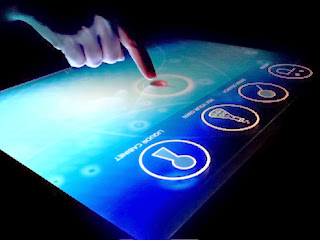What I want my students to know I want my students to know that they are important, regardless of how small they are. I want them to know that it doesn't matter if they are a different sex, age, race, or from a different financial background than the person next to them, they are the future, and they will be encouraged to be whatever they felt they can be. I want my students to have confidence in themselves.
I want my students to be able to:I want my students to be able to interact with their peers, and never give into peer pressure. I want my students to be able to use their minds to do math, english, history, etc., without relying on a machine to do it for them. I want my students to be able to use any form of technology confidently. Most importantly, I want my students to be able to be who they want to be, and never be afraid of that.
What tools I will use: With my students, i will use Markers, Boards, iPads, Computers, SmartBoards, Crayons, Games, books, anything goes. I want my students to know how to learn by using anything, while being encouraged to be creative. I will also use emotions as a tool, I want to make sure my students know that someone is always proud of them.
What role my students will play: My students will be the "center of attention". It is all about them, right? They will be the main focus and I will make sure their minds are being filled with new knowledge on a daily basis. There will be so many activities in my class that allows students to collaborate so that they can play which ever role they please, whether it's student, teacher, team leader, friend, decorator, writer, or anything that is needed throughout their assignment. My students will be able to find out what their passions are, so that they can bring them along as they grow, and turn them into their future careers.
AFTER
As I re-read my post, I noticed that not much has changed. I have always wanted to use technology in the classroom, the problem was, I did not know how to properly use it. Now that I do, I have many ways in which I will incorporate it into my daily lessons. I will also add several technology resources that I did not know of before EDM310 such as iBook, iMovie, and podcasts. Another BIG thing I want to add is that I want my students to be independent thinkers. To insure this happens, my lesson plans will be based on project-based learning. I still feel the same way when it comes to my students; they will always be the main focus, and I want them to be confident and never give into peer pressure.
I am still the same heart-felt person who's world revolves around children; that is why teaching is my passion. Thanks to Dr. Strange and EDM310, I now know how to give my students the BEST learning experience.




